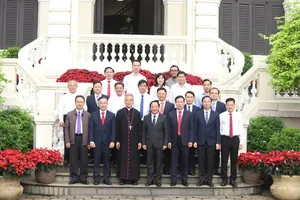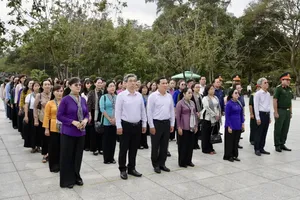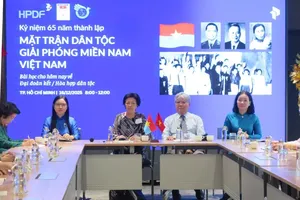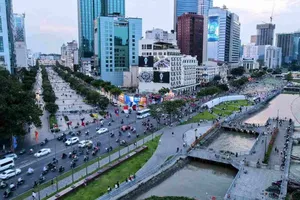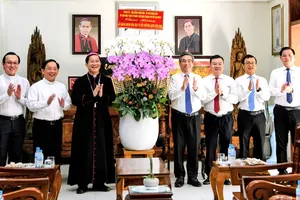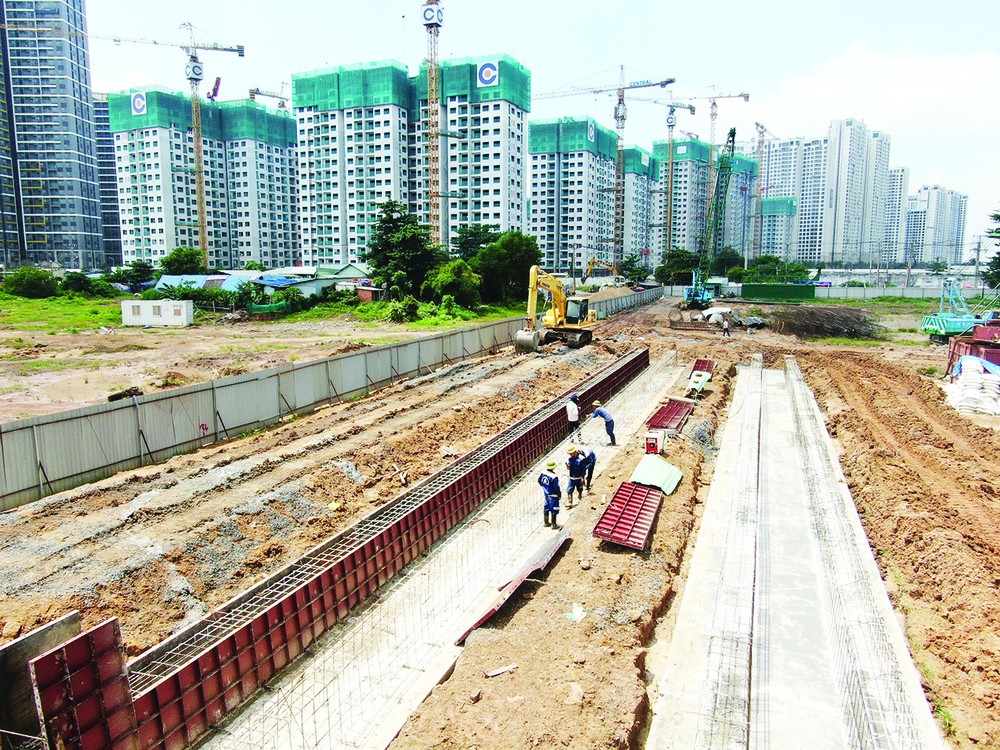
In its adjusted master plan, the southern metropolis proposes a TOD model for the areas surrounding traffic intersections along the Ring Road 3 and the metro railway network.
The TOD model is considered an important foundation for the southern largest city to implement the specific mechanisms and policies outlined in the National Assembly’s Resolution No. 98/2023/QH15 (Resolution 98).
The city is listening to experts from ministries and agencies to complete its adjusted master plan to 2040, with a vision to 2060 for approval by the Prime Minister. Notably, the plan identifies areas for TOD development, prioritizing areas around new development centers, while also incorporating urban renewal in some potential areas in line with the metro line construction plan.
For TOD development along the metro railway network, the plan calculates allocates land use functions, and develops urban space based on the metro line network scheduled for completion in specific phases. In addition, the plan proposes a TOD model for the areas surrounding traffic intersections along Ring Road 3 in accordance with the Resolution 98.
HCMC also plans to expand the application of the TOD model to some main traffic axes, in line with the socio-economic development strategy, coordinating with the investment progress of key port infrastructure projects with a focus on the strategy of developing HCMC into a logistics center for the region, region and the world.
Within the Ring Road 3, HCMC has identified the organization and arrangement of increased density in areas around metro stations and major traffic intersections according to the TOD model. At the same time, the density will be reduced in the remaining areas to improve and renovate the urban area, create land reserves for greenery, and build social and technical infrastructure step by step to ensure compliance with national standards and regulations, toward higher goals; to form urban centers and specialized areas - drivers of urban growth.
Talking about the city’s TOD development goals, Associate Professor Vu Anh Tuan, Director of Viet Duc University’s Transportation Research Center, said that the goal of the TOD model is to support the restructuring of urban areas and public transportation systems, creating a livable and sustainable urban environment. The TOD model contributes to the reduction of private vehicles and minimizing environmental impacts such as pollution and traffic congestion. Therefore, HCMC's decision to develop TOD along metro lines and Ring Road 3 marks a new and breakthrough approach to the city's development.
Associate Professor Vu Anh Tuan said that HCMC's metro lines are planned to go from the city center to suburban areas, even extending to other localities - such as Metro Line 1, which is near completion. Therefore, the potential and opportunities for TOD development in HCMC are very huge, as the city both renovates existing urban areas and develops new compact and high-density urban areas.
According to experts, HCMC's TOD development will create satellite cities, compact multi-center cities, and relieve pressure on urban space and population density in the city center.
Architect Ngo Viet Nam Son, a member of the Advisory Council for the implementation of the Resolution 98, said that if the TOD model is successfully implemented, it will be a revolution in urban development not only for HCMC but also for the whole country. To implement this model, architect Son suggested that HCMC should pilot it along Metro Line 1. In his opinion, along the road axis, a radius of up to 200m can be planned to form compact urban areas while the metro station area can be planned even wider.
Architect Ngo Viet Nam Son believes that to successfully implement the TOD model, there must first be consensus from the community in the TOD development areas. In particular, land acquisition must be carried out according to market mechanisms, with compensation at market prices to create consensus and shorten land clearance time. When land clearance is quick, the State will have clean land to auction, attracting strategic investors to participate in TOD development.
Mr. Son also said that the revenue from auctioning this clean land will be quite huge; simultaneously, it will help establish a new price level for the real estate market in these urban areas.
In addition, HCMC is a pioneer in TOD development by planning and implementing the National Assembly’s Resolution 98. However, to put it into practice, there need to be specific legal documents to accompany it as a basis for the project's construction and development. Therefore, the companionship and support of central agencies are needed.
Associate Professor Nguyen Trong Hoai, former Vice Rector of the University of Economics Ho Chi Minh City cum a member of the Advisory Council for the implementation of the Resolution 98, emphasized that TOD development is closely linked to the progress of the metro system in Ho Chi Minh City because the metro will create space for Ho Chi Minh City to develop TOD, and TOD will create a huge source of capital for the city to invest back in order to complete the infrastructure system, including the metro.
Urban expert Phan Huu Duy Quoc, a member of the consulting team for the development of the Ho Chi Minh City metro railway system, said that TOD does not bring immediate value but requires seed capital. Therefore, to develop this model, Ho Chi Minh City needs to clearly define the capital flow to calculate and test each stage before accelerating.
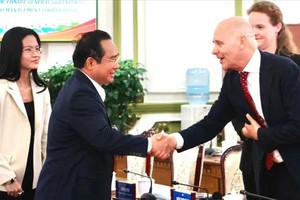


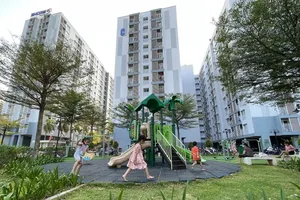

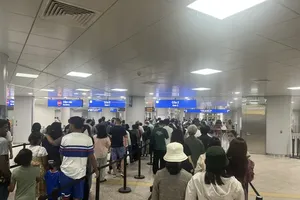
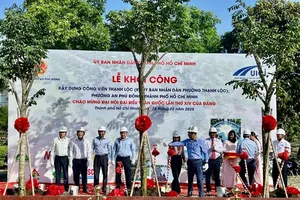
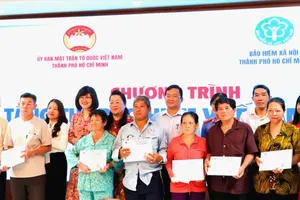
)

